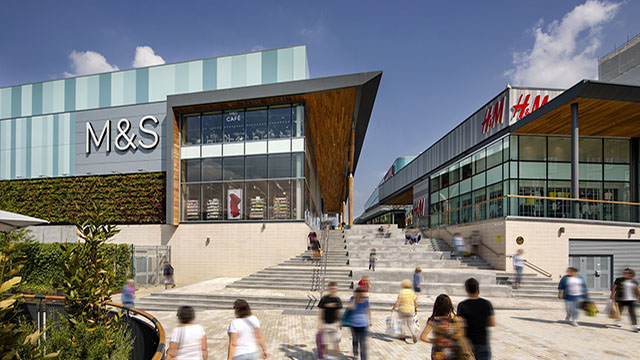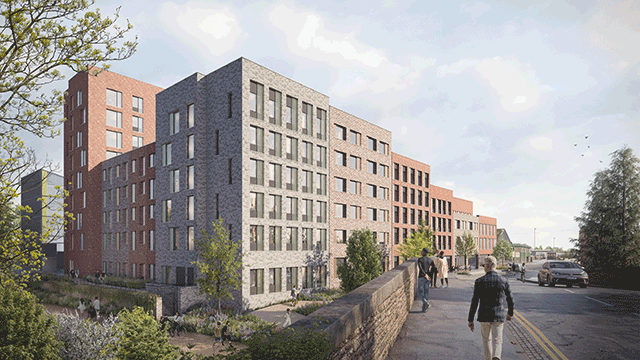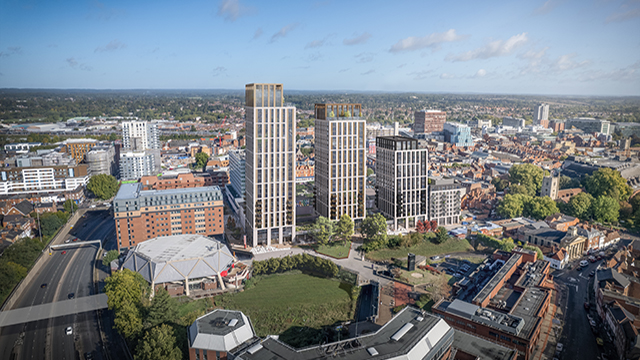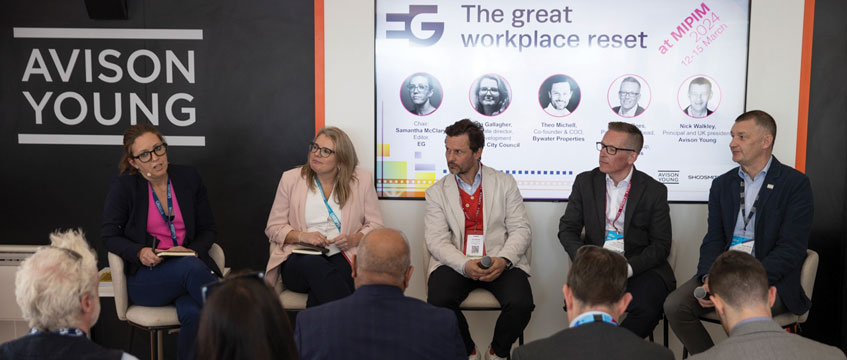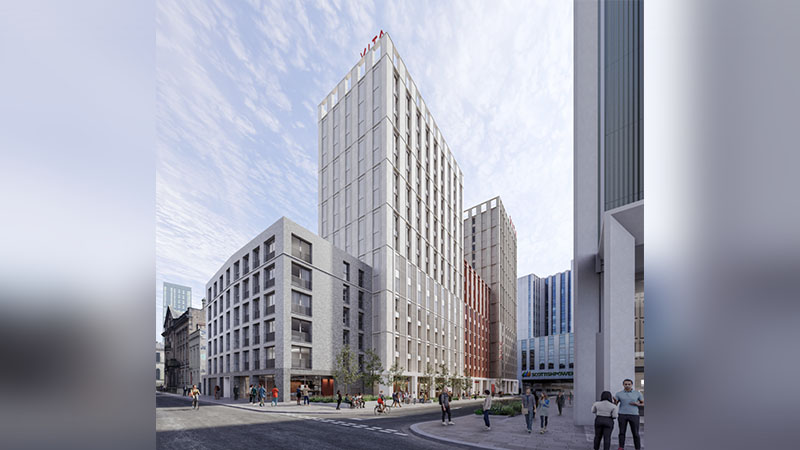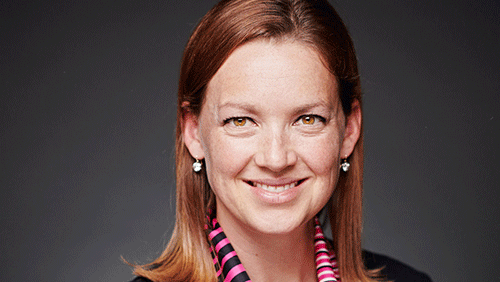Cities across the UK are being reshaped by new approaches to what offices look like, where they are and what happens inside them – or, as EG put it in a panel at the recent MIPIM conference, the great workplace reset.
Held with Avison Young and Shoosmiths to mark the launch of EG’s annual UK Cities Investor Guide, the panel discussed what the future holds for our places of work – and, as a result, how city centres and their main business districts will need to be rethought
As working patterns and practices shift, EG editor Samantha McClary asked whether the notion of a central business district remains relevant. For Nick Walkley, principal and UK president at Avison Young, there is a nuance here that reflects the quality of real estate in a city centre.
“There definitely still are prime locations in all cities – we’ve got the untold story of just how successful many UK cities are in their own right,” said Walkley, whose firm found in recent research that leasing deal flow is 5% up on the five-year average across the biggest regional cities, but with a smaller volume of space being taken across those deals.
“Demand for high-quality, sustainable, flexible workspace continues to be significant,” he added. “Once we begin to see some movement from money markets, I’m absolutely confident we’ll continue to see that sort of development. The challenge is what is left behind, which is a set of workspace that no longer fills its purpose. It’s difficult to see how it will meet future EPC standards and, if we’re totally honest, sitting behind the desk, looking at the head of the person in front of you is probably less attractive than sitting at home looking out of the window. What you do with that space and how we think about CBDs is a significant challenge.”
In the streets
Theo Michell’s Bywater Properties has a portfolio that includes what is set to be London’s first carbon-neutral office building, a planned timber-framed scheme at 30-34 Old Paradise Street in Lambeth, SE11. At the heart of the matter, for Michell, is purpose.
“From our point of view as an investor, yes, we are absolutely still focused on the city centre CBD – certainly in London, in Manchester, Glasgow,” Michell said. “But the need for big, shiny buildings? That’s the bit that has absolutely changed. Focusing on being purpose-led, and particularly the decarbonisation agenda, people want an office environment that is inspiring and not only speaks to a corporate culture, but motivates people by the virtue of the sort of spaces that they want to be in. And that feels to us increasingly not like glass, shiny, heavily amenitised towers. The thing in the city centre is not amenity within your glass tower. It’s what is in the street.”
He added: “This debate at a micro level is about the office and at a macro level is about the city. The thing that joins those together, it seems to me, is networks. Both are about organic, grown networks… those networks are to do with transport and bringing people together.”
Nathan Rees, partner and co-head of the real estate investment group at Shoosmiths, sees a tipping point for the built environment. “Town centres are going through a similar sort of thing to what shopping centres started to go through many years ago, which was realising that you couldn’t just have the same old retail offering and nothing else,” he said. “You had to offer leisure, you had to offer experience, you had to draw people in… An office has to earn people’s commute. You have to give people something they want in order to make them want to come into the office, and town centres have the same challenge.”
There’s a lot riding on getting the buildings, at least, right. “I’m a massive believer in the office,” Rees added. ”I know that there’s been discussion, particularly since the pandemic, over working-from-home policies, different businesses taking completely different approaches, from allowing people to work from home all the time to demanding that staff be in the office all week. Personally, I think that the office is an incredibly valuable and important environment for people to learn and work together. You can’t replace those serendipitous moments that you have in the office and the things that you learn by osmosis from your colleagues, I think that’s absolutely vital.”
Voting with their feet
In Liverpool, Nuala Gallagher, corporate director for city development at the council, knows first-hand the problems that cities face. “We have challenges in the office market with what was the central business district with some of the viability,” she said. “What you see is a smaller take-up of space where people want to be maybe in a more creative area. People are voting with their feet in terms of the staff and where they want to work. From a city perspective, we’re looking at things like a waterfront strategy. How do we start to look at that from a land use strategy, but also not stifle it in terms of how to get a more mixed-use component?”
As with so much in real estate, there are plenty of answers in a more focused partnership between public and private sectors, said Gallagher, pointing to the council’s work with universities as well as companies such as Bruntwood.
“We don’t want, from a city perspective, to go off into a darkened room and come out with a plan,” she added. “It’s an ongoing engagement to address the question: how do we bring something forward that’s in line with challenges and market conditions, but also a comprehensive approach to place?”
In partnership with

Image © Loïc Thebaud
Send feedback to Tim Burke
Follow Estates Gazette




